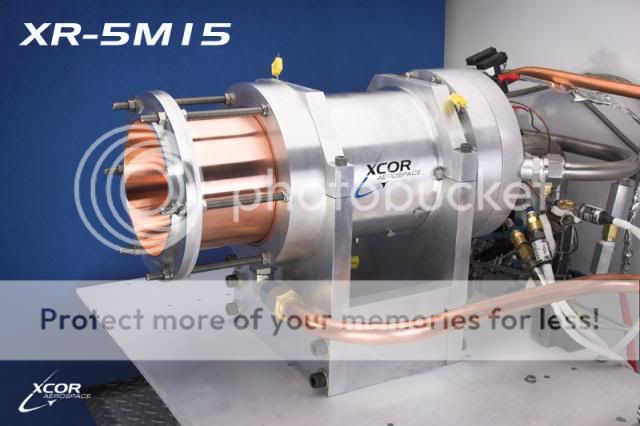Curious: why are you looking at 120,000 lbf for a lunar lander with a mass of only 50,000 kg? Unless I'm grossly misinterpreting you, that's about 1.1g of acceleration for something that's landing in 1/6 gravity. (for reference, the LEM fully loaded was about 15,000 kg and had a maximum thrust just under 10,000 pounds - about 1/3g acceleration). A total thrust of about 35,000 pounds would give your 50,000 kg craft the same acceleration performance as the LEM.
And with regards to NOFBX: Every time I see a presentation I get more hopeful they've hit on something cool, especially with those quoted vacuum Isp numbers. But I still get the willies thinking about premixed ox and fuel. I wouldn't want to be one of the engineers facing a safety panel...
Why are you guys mixing up units?? Why discuss thrust in lbs/force and mass of the vehicle in metric tonnes?? Makes little sense. (and NASA splashed a probe on Mars from conversion goof ups).
If you're interested, look up the horizontal lander concepts done by Lockheed (IIRC). It would use an RL-10 for deceleration down to near the lunar surface, then switch over to thrusters to land horizontally.
Why 50,000 kilos?? You realize that's 50 metric tonnes, which is 110,000 lbs or thereabouts... Even as a 'wet weight' this is a MASSIVE lunar lander, and as we all know, the larger ANY spacecraft is, the more expensive it is. While a reusable lander is laudable, and has been looked at (and some design work done-- suggest you start by looking on NASAspaceflight.com/forums or searching NASA Technical Reports Server (NTRS), it's putting the cart before the horse.... there is NO lunar propellant pilot plant experiments being done, to say nothing of actual "commercial scale" operations to produce the propellants for such a lander.
Seems THAT should be the first priority-- proving that the reserves of water ice at the lunar poles are present and commercially produceable reserves (which tends to get overlooked... just because there's oil or gas in a place, even here on Earth, DOES NOT mean that it's actually PRODUCEABLE... there's a LOT of various substances here on Earth that are QUITE valuable, either in quantity or quality, but cannot economically be produced, and therefore will remain where they are... it most certainly remains to be seen whether lunar ice will be present in a form that will be easily accessible enough and that machinery can be constructed to collect and process it in a way that actually makes sense to use it versus other alternatives.)
NASA isn't even committed to robotic exploration of the lunar polar regions... and what is being bandied about isn't even delving into the problems of ISRU... more like rovers simply capable of operating in the environment and testing to see if the hypothesis is true (lunar ice from orbital hydrogen readings, which is all we have at present), IOW, to verify that there is actually water ice present in permanently shaded lunar craters. The problems of ISRU aren't even being addressed-- problems like mining, transport, processing, and storage all remain to be solved, and they are formidable issues considering the native conditions at the lunar poles...
Good luck with your project, but seems to me you need to do TONS (or is it TONNES) more research...
Later! OL JR








